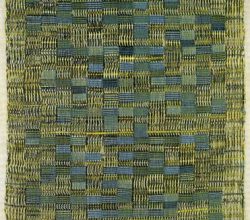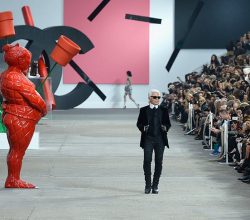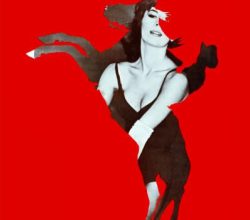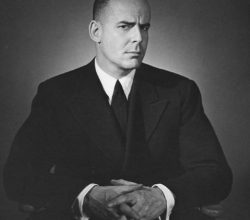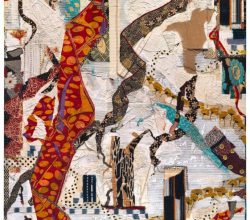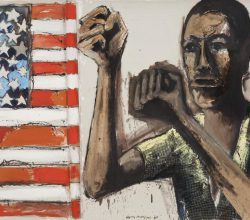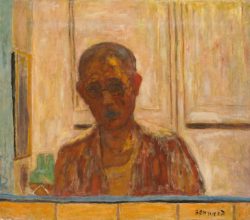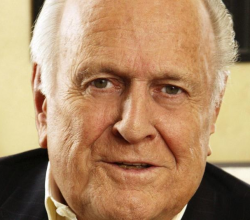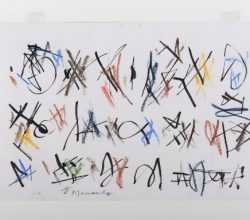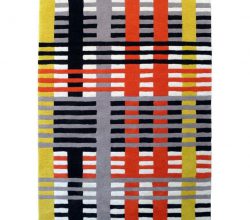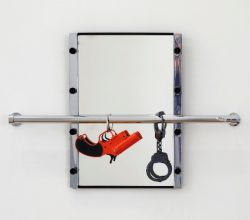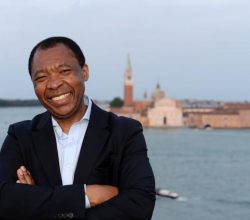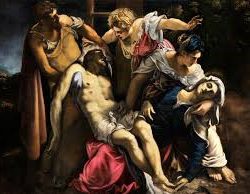
Tintoretto was brilliant and ambitious. This new exhibition shows he was also sublimely weird.
Philip Kennicott | The Washington Post | 20th March 2019
A landmark show. Facing stiff competition from Titian and Veronese, Tinteretto took from Michelangelo. Putting energised human figures in his paintings may provide them narrative force. It did indeed. Not all Tintoretto’s works are masterpieces but they always persuade. “Deeply original, often sublimely weird [he was] one of the most imaginative painters of the Renaissance.”

